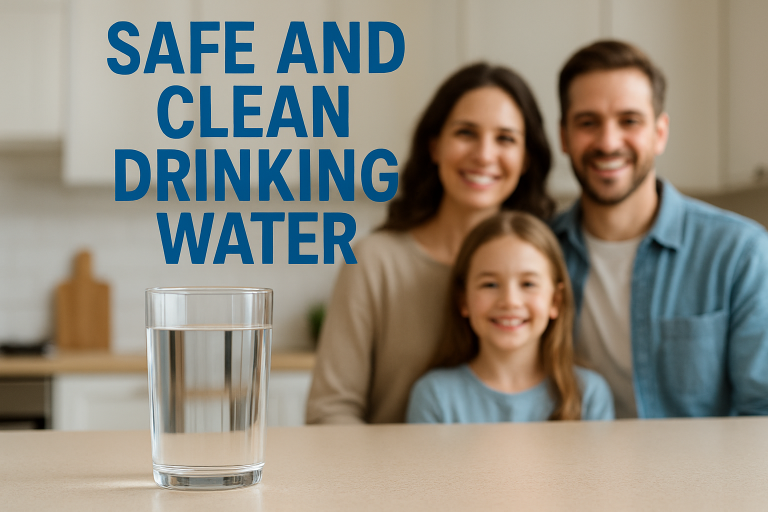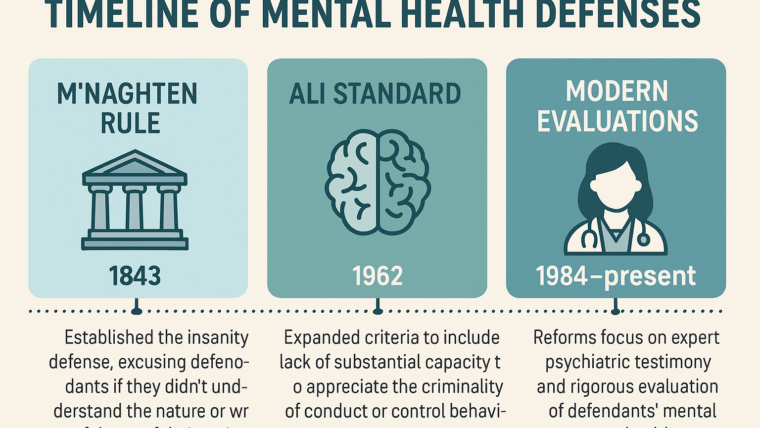Have you ever wondered what’s really in your home’s water supply? Ensuring access to safe, clean water is one of the simplest but most vital actions for your household’s health. Yet, contaminants like lead, bacteria, and chemicals can often go unseen and undetected. Taking proactive steps to maintain healthy water in your household can safeguard your family. Understanding practical steps, such as water testing and regular maintenance, ensures that every drop from your tap is as pure as it should be.
From plumbing maintenance to the right filtration system, each part of your water infrastructure plays a role in overall safety. Taking immediate action, making informed decisions, and engaging in ongoing education can help you prevent waterborne illnesses and long-term health damage. Developing a water safety routine is more than just prevention—it gives you peace of mind and confidence in your everyday routines.
Local water quality can change due to environmental factors or aging infrastructure. While public water systems are regulated, private wells demand extra vigilance. With this guide, you’ll learn how to monitor, protect, and optimize your home’s water, making clean drinking water a guaranteed part of your healthy lifestyle.
Homeowners are also increasingly considering advanced water filtration methods, which can further reduce contaminants detected in testing and provide protection even when local supplies face sudden or unexpected challenges.

Table of Contents
Test Your Water Regularly
Homeowners can’t rely on look, taste, or smell alone to determine water safety. Substances like lead, nitrate, and many harmful bacteria are invisible and tasteless. The first line of defense is regular water testing, ideally with DIY kits for fast checks and certified laboratory analysis for a more precise reading of contaminants. According to the Environmental Protection Agency (EPA), private well owners should test their water supply at least once a year for bacteria, nitrates, solids, and pH—more frequently if there are infants, pregnant women, or individuals with immune-compromised conditions in the household.
Install Appropriate Water Filters
Not all water filtration methods are created equal. Choosing the right one depends on your water test results; each contaminant requires a different technology. Water filters are a common, budget-friendly choice for removing chlorine and organic compounds. At the same time, reverse osmosis systems offer a broader range of protection against dissolved solids, metals, and certain pathogens. Ensure the filter is NSF-certified for your specific needs. More robust options, like whole-house water filtration, can address issues at every tap, while under-sink or faucet-mounted units are more targeted. Consumer Reports recommends checking filter certification and capacity regularly to maintain optimal protection over time.
Maintain Your Plumbing System
Even if your source water is clean, your home’s internal plumbing can introduce contaminants, especially in older properties with lead or galvanized pipes. Periodic inspection for leaks, rust, or corrosion, and timely replacement with updated, safe materials such as copper or modern plastics, prevents unwanted exposure. Additionally, cleaning faucet aerators twice a year removes sediment and debris that can trap bacteria or heavy metals, thereby preventing potential health risks.
Stay Informed About Local Water Quality
Municipal water providers release an annual Consumer Confidence Report (CCR) that outlines detected contaminants, violations, and associated health risks. Review your local CCR each year and subscribe to local alerts for emergencies or advisories. If you use well water, tailor your testing and maintenance plans to local conditions—heavy rains, agricultural runoff, or nearby industries can suddenly impact your well. The CDC provides resources for private well owners on best testing practices and interval recommendations.
Practice Safe Water Use During Emergencies
Being Prepared
Storms, natural disasters, or main breaks can instantly compromise a home’s water supply. At these times, boiling water remains the top-recommended method to destroy pathogens—one rolling boil for a full minute kills most bacteria and viruses. If you can’t heat water, water purification tablets or a mixture of household bleach and water, following the correct ratios, can serve as a backup. The CDC provides a simple emergency water guide: store bottled water, maintain basic purification supplies, and always err on the side of caution during any advisory.
Educate Household Members
Everyone in the household should be familiar with the basics of water safety, including what to do if the water appears, tastes, or smells unusual, signs of possible contamination, and the steps to take if a problem is suspected. Clear communication and posted reminders about emergency practices go a long way in protecting health, especially if caregivers or children are responsible for preparing drinking water.
Conserve Water to Maintain Quality
Conservation helps ensure both resource sustainability and water quality. Water left stagnant in home pipes can harbor bacteria or lead; running water through all taps periodically is a simple practice to reduce this risk. Monitor and promptly repair leaks, and use appliances only when necessary to reduce unnecessary water waste, benefiting both the environment and your utility bill.
Seek Professional Assistance When Needed
If you’re ever uncertain, licensed plumbers, water treatment specialists, and your county health department can test, review, and recommend solutions for your specific water challenges. Professional assistance is invaluable if you encounter contamination, notice a sudden change in your water, or need guidance on upgrades and long-term prevention strategies.
By consistently following these steps, you can dramatically reduce your risk of exposure to waterborne threats, gaining assurance that every glass you drink and every meal you prepare is as safe as possible.
Conclusion
Ensuring clean and safe water at home is essential for protecting your health and overall well-being. By regularly testing your water, maintaining plumbing systems, and using trusted filtration methods, you can significantly reduce risks and enjoy peace of mind. Staying proactive about water safety not only safeguards your household but also promotes a healthier lifestyle. With a few mindful steps, you can make sure the water flowing into your home remains pure, reliable, and safe for everyday use.


